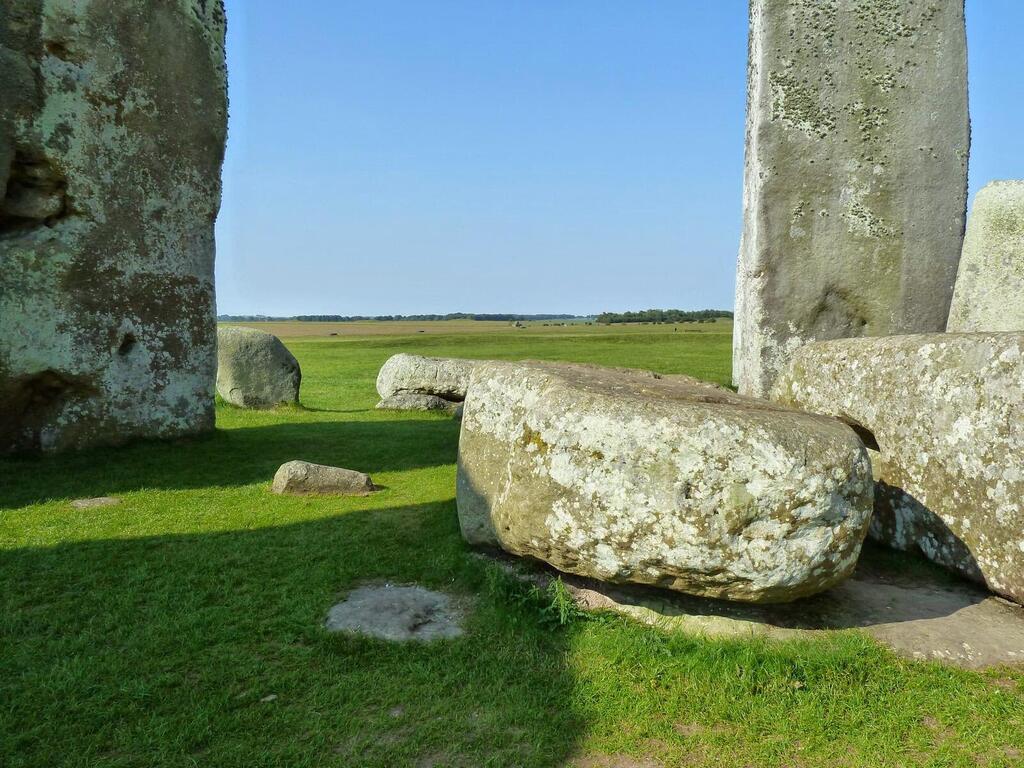Getting your Trinity Audio player ready...
The lunar standstill is a rare astronomical phenomenon occurring every 18.6 years, where the Moon's rising and setting positions on the horizon reach their maximum extremes due to the Earth's axial tilt and the Moon's orbital inclination.
The next major lunar standstill is expected to occur in 2024-2025, with the peak around the equinoxes in September 2024 and March 2025. During this event, the Moon's position in the sky will appear differently than usual, with its rising and setting further north and south than usual, affecting how long it is visible at night.
Various ancient structures and documents, like Stonehenge, Callanish, and Newgrange, indicate the observation of the Moon's rising and setting positions globally, suggesting that these celestial occurrences were considered significant by ancient societies. Some researchers speculate a possible connection between major lunar standstills and Stonehenge, an ancient English monument, suggesting it may have been built to mark these events. Archaeologists, astronomers, and photographers are collaborating to study the major lunar standstill phenomenon at Stonehenge and other sites.
To witness the event, observers can simply watch from the same spot and notice the significant difference in the Moon's position without specialized equipment. Collaborative events will explore lunar alignments at Stonehenge and Chimney Rock National Monument, and English Heritage suggests it will livestream the southernmost moonrise from Stonehenge on June 21 to showcase the alignment.
This article was written in collaboration with Generative AI news company Alchemiq
Sources: Express, Science Times, USA News, The Sun, Irish Star, Astronomy, Live Science, The Economic Times, InShorts, Business Telegraph, and WION News.


